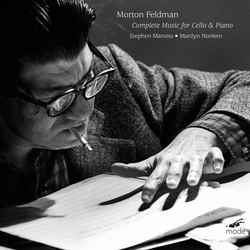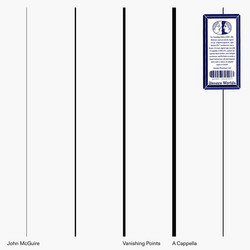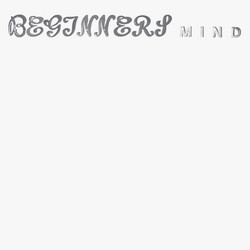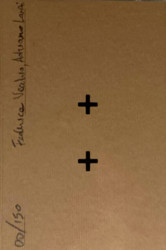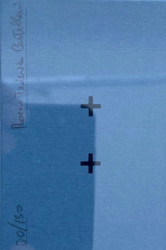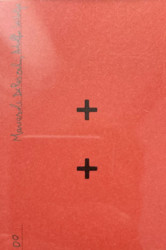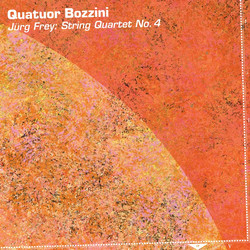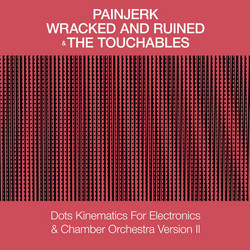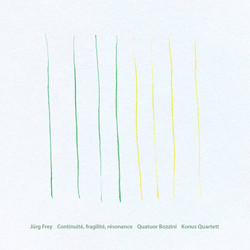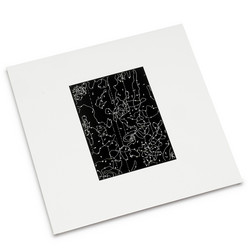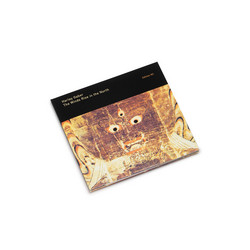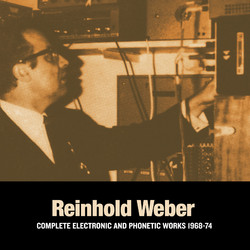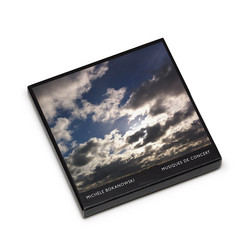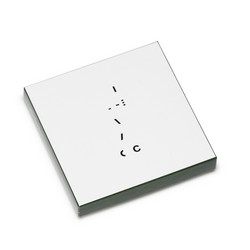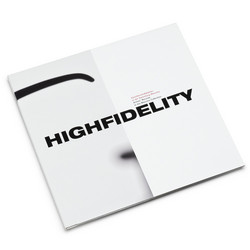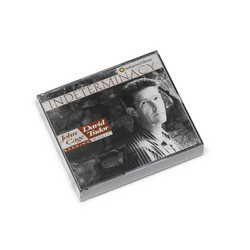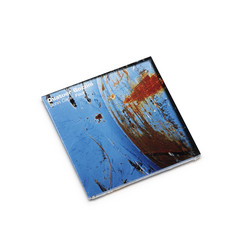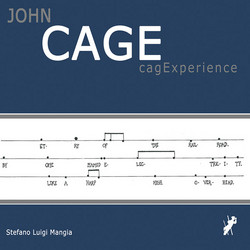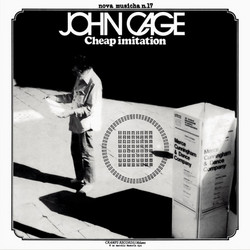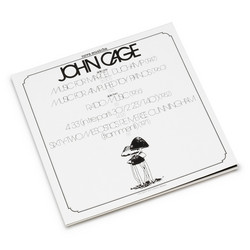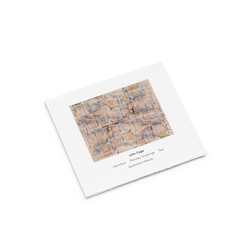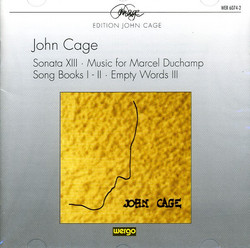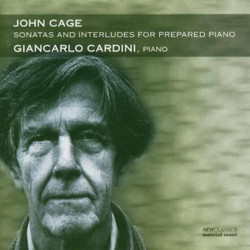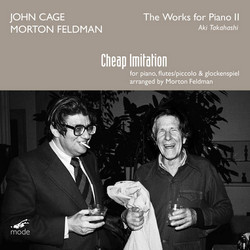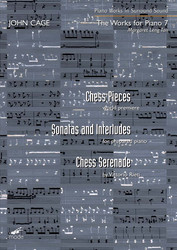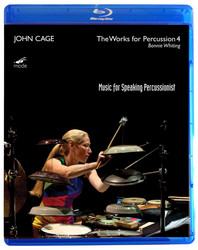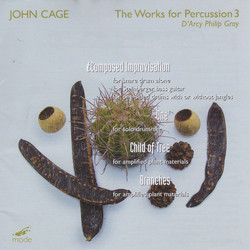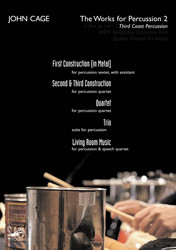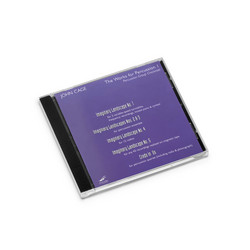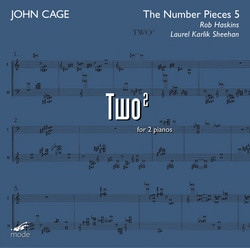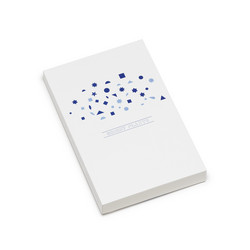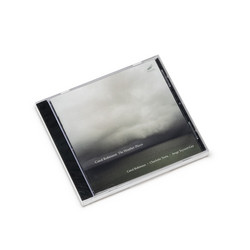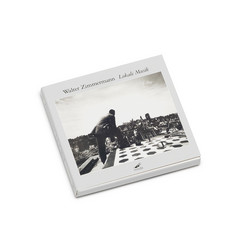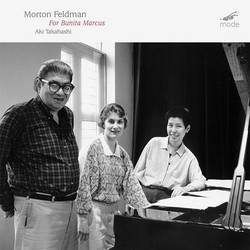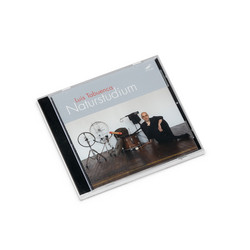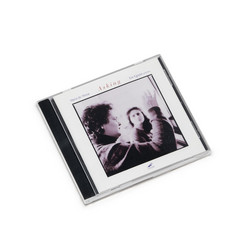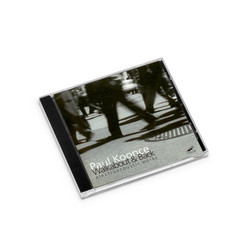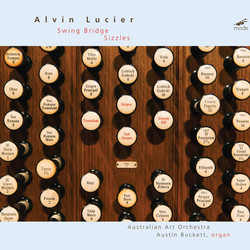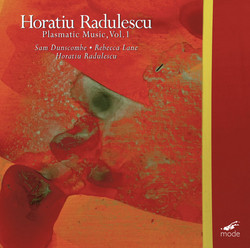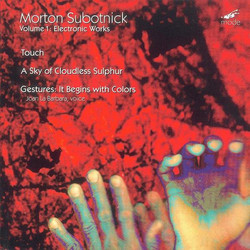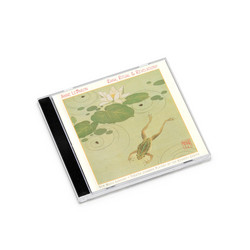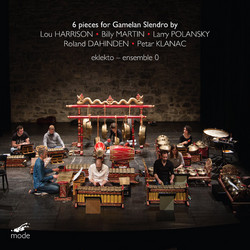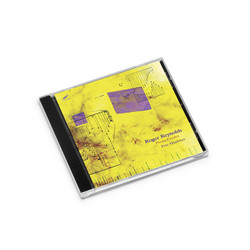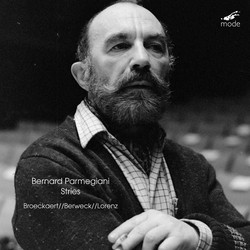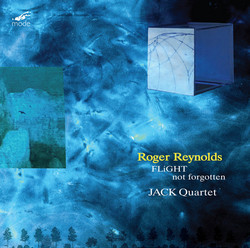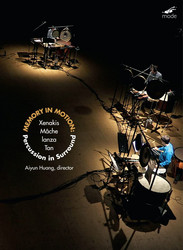The Sonatas and Interludes enjoy a well deserved reputation as a masterwork and as a repertoire piece. But this is not a masterwork in the sense of other keyboard masterworks: Bach's Goldbergs, Beethoven's Diabelli Variations, Ives' Concord Sonata.
John Cage's masterwork is quite different -- a big piece with a quiet voice. The prepared piano operates entirely by muting: by attaching objects to the strings of the piano. Cage alters their sounds in various ways, turning the piano into a percussion orchestra akin to a gamelan. The results are different from note to note -- resonant, dry, metallic, wooden -- but always quieter than before. The prepared piano is an instrument that is personal and intimate.
Cage quietly and patiently built his large piece out of short structures. By constructing the work on the timeless foundation of Hindu aesthetics, he made each piece perfect and unhurried; focusing on the subtle modulations of his voice, speaking quietly to draw us in to explore this softly-colored world.
This new recording by young German pianist Philipp Vandré (a new music specialist who performs with Ensemble Modern, Frankfurt Radio Symphony, and his own Turfan Ensemble) is unique. It is the first recording to use the smaller Steinway "O"-type piano (the same type of piano Cage composed the Sonatas and Interludes on) rather than the commonly used grand-piano. Cage gives a detailed table of preparations for the strings and the objects to be used, including the exact placement of these objects, in direct relation to the length of the strings of the "O" piano. Vandré learned these details from the late Yvar Mikhashoff, who received this information from Cage. Because the location of the preparations is different on a larger piano, they have the effect of making the strings sound lower on a larger instrument. The choice of the piano, therefore, has an immediate effect on the sound of the prepared strings.
Vandré consulted with Cage's publisher clarifying some subtle details and discrepancies in the published score, making new corrections and choices which are also recorded for the first time. These details, combined with Vandré's thoughtful choice of preparations and loving approach to the music, make this the definitive recording of the Sonatas and Interludes

